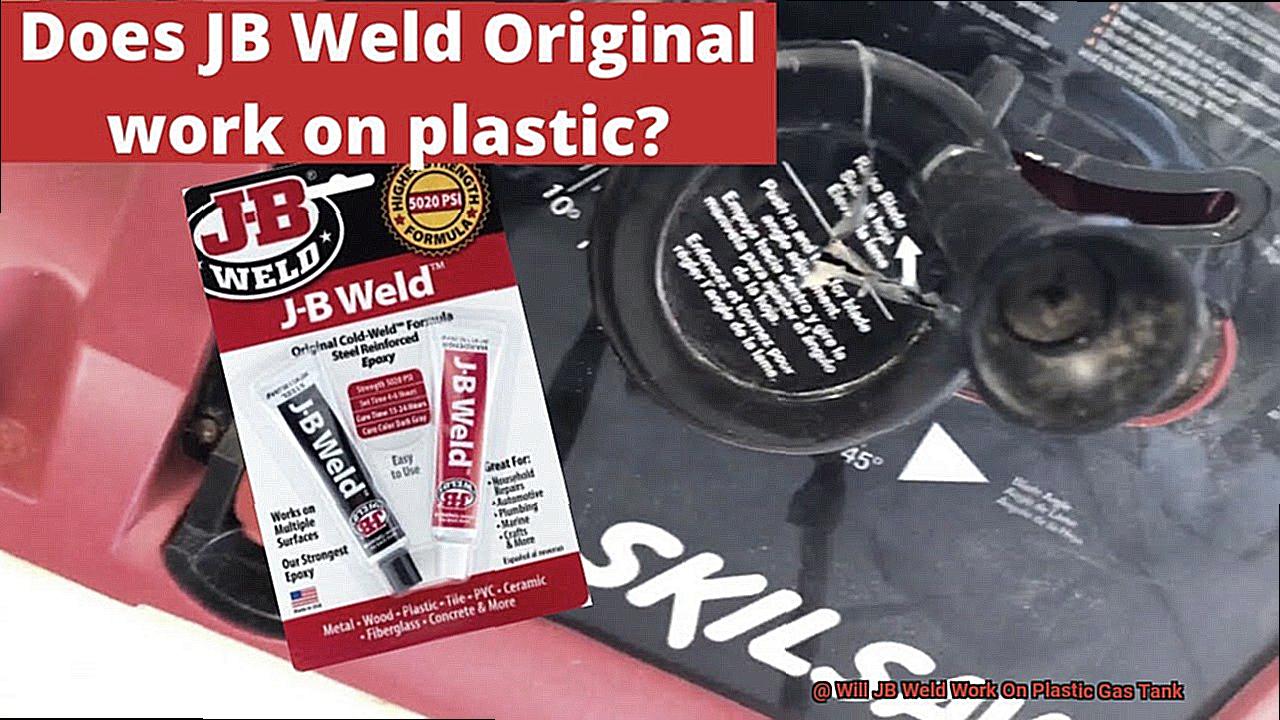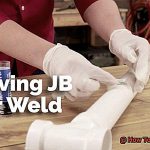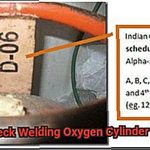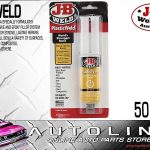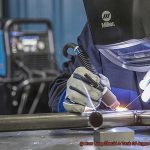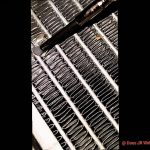Have you ever experienced the panic of a gas tank leak? It’s not only a safety hazard but also an inconvenience that can ruin your day. In such situations, people often turn to quick fixes like JB Weld. But, can JB Weld work on a plastic gas tank?
If you’re unfamiliar with JB Weld, it’s a two-part epoxy known for its unparalleled strength and versatility in fixing everything from metal to wood to plastic. However, repairing a plastic gas tank with JB Weld is a different story altogether.
It’s crucial to determine if JB Weld is the right solution for fixing your plastic gas tank leak or if there are better alternatives available. In this blog post, we’ll dive deep into this question and examine the pros and cons of using JB Weld on a plastic gas tank. We’ll also provide essential precautions you should take to prevent further damage.
Moreover, we’ll explore other options besides JB Weld that may work better on plastic gas tanks. So if you’re facing a leaking gas tank and considering using JB Weld, read on to discover whether it’s the best choice for your situation or not.
What is JB Weld?
Contents
Look no further than JB Weld. This two-part epoxy is a popular choice among DIYers and automotive enthusiasts alike for its ability to bond a variety of materials, including metal, wood, plastic, and ceramic.
JB Weld consists of two tubes – one containing a resin and the other a hardener. When mixed in equal proportions, they create a strong and long-lasting bond that can withstand high temperatures and pressure. In just 4-6 hours, JB Weld sets and reaches full strength within 15-24 hours.
One of the most significant benefits of JB Weld is its versatility. It can be used for various applications such as filling gaps, repairing cracks, and even rebuilding broken parts. Its popularity also stems from its strength and durability, making it a sought-after solution for automotive repairs. However, it’s important to note that not all JB Weld products are suitable for use on plastic gas tanks.
When it comes to fixing plastic gas tanks, choosing the right adhesive is crucial. While JB Weld is known for its strength and durability, certain types of plastic may not adhere well to the epoxy. Furthermore, the high levels of pressure and heat that gas tanks are exposed to can weaken the bond created by JB Weld over time, leading to leaks or ruptures that could be dangerous.
If your plastic gas tank is beyond repair, it’s always best to replace it entirely or get it professionally repaired by a specialist who has experience working with plastic materials. However, if you’re determined to try a DIY repair with JB Weld, be sure to choose the right product designed specifically for plastic surfaces. Remember: safety should always come first when dealing with gas tanks.
In conclusion, JB Weld is an excellent choice for various bonding needs – but not all products are suitable for all applications. With the right knowledge and precautions in place, JB Weld can come in handy for a variety of repairs.
Does JB Weld Work on Plastic Gas Tanks?
JB Weld may be the adhesive you’ve been searching for. However, before you dive in and start applying it, there are some important factors you need to consider to ensure its effectiveness.
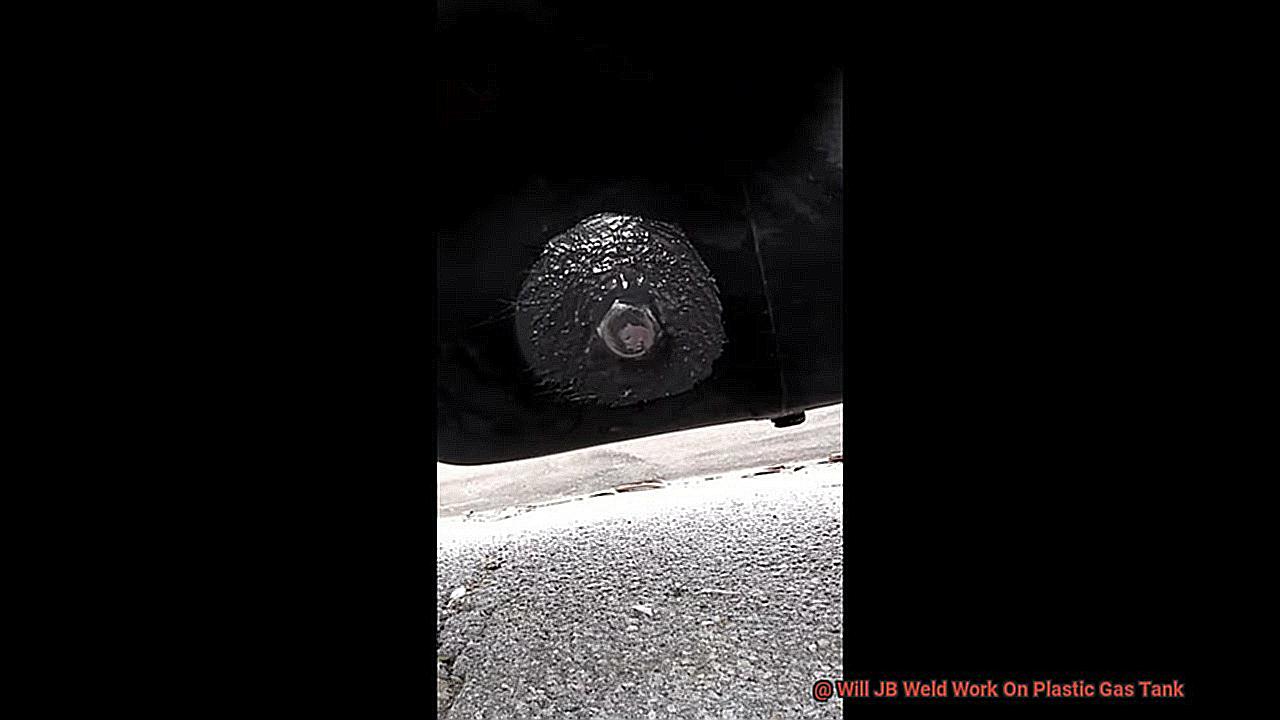
The first thing to keep in mind is that not all plastics are compatible with JB Weld. Certain plastics may be too flexible or have a low surface energy, which can prevent JB Weld from adhering correctly. Therefore, it’s crucial to determine the type of plastic used in the gas tank before attempting any repairs.
Additionally, the extent of the damage will play a significant role in whether JB Weld can be a useful solution. Minor cracks or holes are more likely to be successfully sealed with JB Weld, while extensive damage or multiple leaks may require a more significant solution.
To achieve successful adhesion, it’s also critical to prepare the surface of the plastic gas tank properly. The surface should be free from any debris or oil and might require sanding or roughening for better adhesion.
While JB Weld can be an effective solution for minor repairs on some types of plastic gas tanks, it’s essential to exercise caution. Gas tanks are exposed to high levels of pressure and heat, which could weaken the bond over time. It’s crucial to monitor your gas tank closely after using JB Weld as a solution.
Types of Plastics Used in Gas Tanks
Gas tanks play a critical role in keeping vehicles running, and different types of plastics are used to make these tanks. When it comes to plastic gas tanks, the two most common materials are polyethylene and nylon.
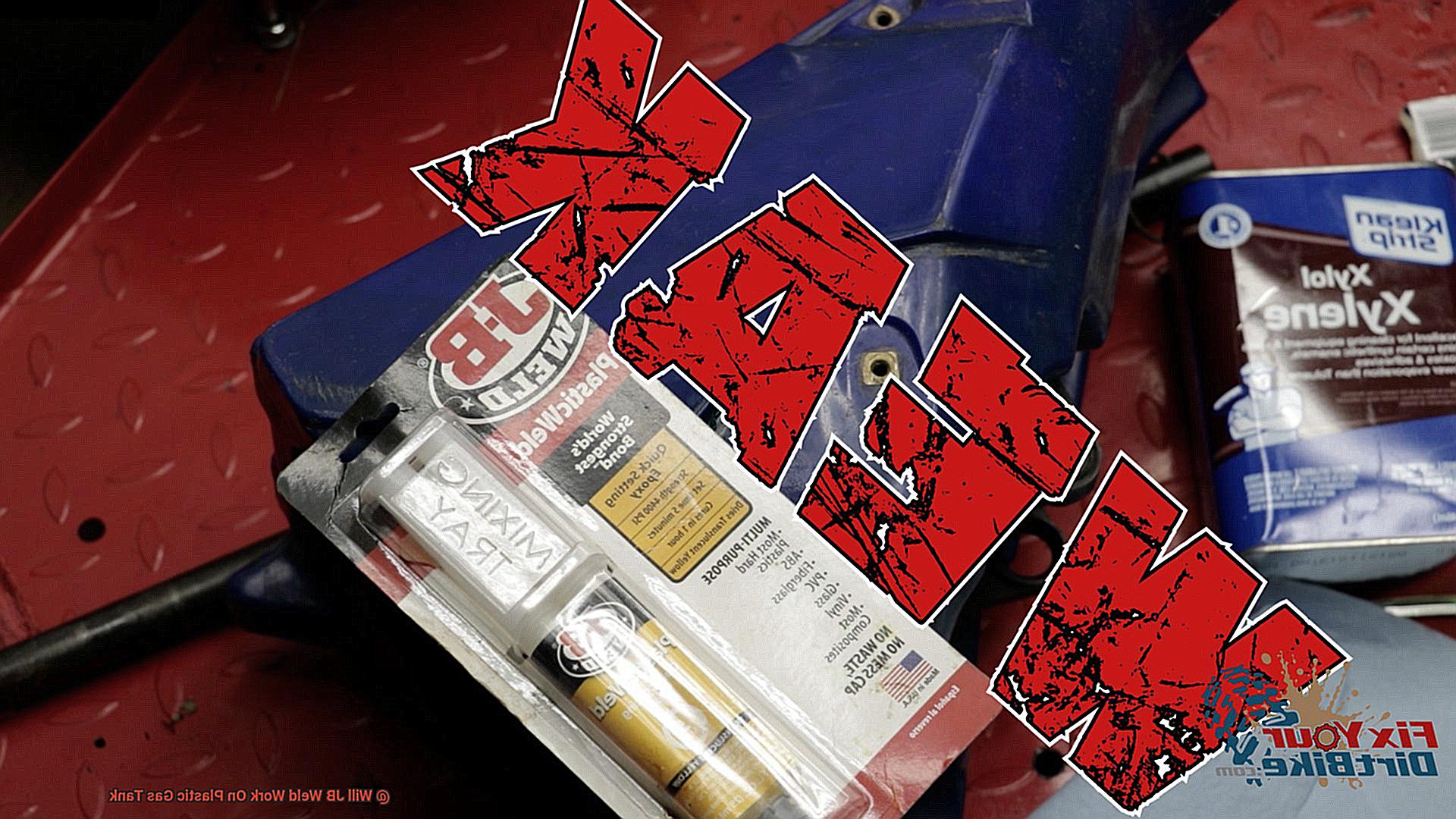
Polyethylene is a superhero plastic that can withstand harsh conditions. It’s lightweight, durable, and resistant to chemical corrosion. That’s why polyethylene gas tanks are so popular in vehicles – they offer reliable performance at an affordable price. Plus, they’re easy to manufacture, making them a great choice for mass production.
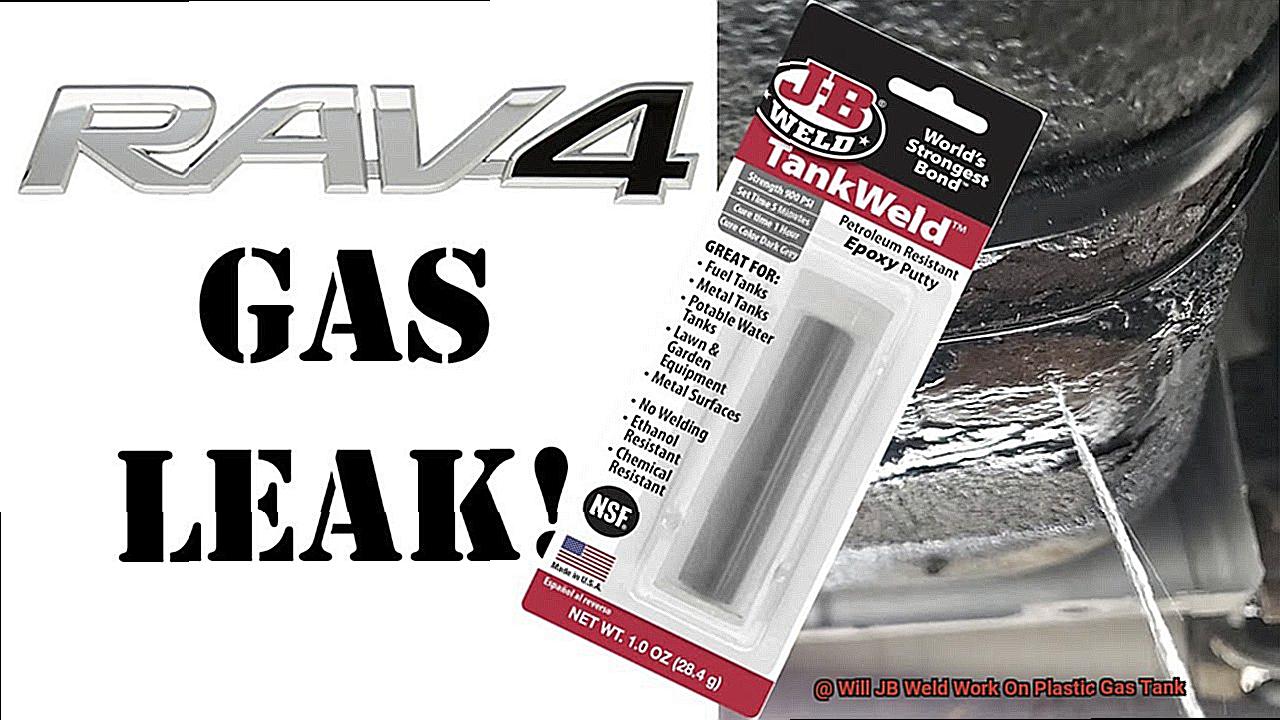
On the other hand, nylon is like the Hulk of plastics – incredibly strong and durable. It’s a fantastic option for gas tanks that need to withstand extreme temperatures and chemicals. While not as commonly used as polyethylene, nylon gas tanks are still a high-performance choice that can handle even the toughest conditions.
It’s crucial to note that repairing plastic gas tanks requires some caution, particularly when using JB Weld. JB Weld is an epoxy designed to bond metal surfaces together, but it may not work on all types of plastic gas tanks. Therefore, it’s important to research the specific type of plastic before attempting any repairs.
The types of plastics used in gas tanks offer unique advantages that make them suitable for specific applications. Polyethylene is lightweight and corrosion-resistant, while nylon is strong and durable.
Both materials provide reliable performance at an affordable cost. Remember to exercise caution when using JB Weld on plastic gas tanks and do your research before making any repairs.
Advantages and Disadvantages of Using JB Weld on Plastic Gas Tanks
Gas tanks are the lifeblood of vehicles, and plastic gas tanks have become increasingly popular. But even superheroes can suffer damage from wear and tear over time. Don’t panic though, JB Weld is a popular adhesive that can repair plastic gas tanks. However, before making your decision, let’s explore the advantages and disadvantages of using JB Weld on plastic gas tanks.
Advantages
- Durability: JB Weld is a reliable option for fixing plastic gas tanks because of its strength and durability. It forms a strong bond that can withstand the harsh conditions of the fuel system.
- Easy to use: Applying JB Weld is simple and quick, even in tight spaces. It comes in a tube or syringe, which makes it easy to apply to the damaged area.
- Cost-effective: Using JB Weld to repair a plastic gas tank is a cost-effective solution compared to replacing the entire tank.
- Limited use: JB Weld may not work on all types of plastic gas tanks, and its effectiveness may vary depending on the severity of the damage.
- Time-consuming: The process of applying JB Weld can be time-consuming because it requires thorough cleaning and preparation of the damaged area before application.
- Health hazards: JB Weld contains chemicals that can be harmful if ingested or inhaled. It is important to handle the adhesive with care and wear protective gear, such as gloves and masks.
- Firstly, we have the plastic welding kit. This method involves melting a plastic rod and using it to fill in the crack or hole in the gas tank. Though it may seem intimidating, with some skill and practice, this option can be more durable than JB Weld. It’s like being an artist with a hot glue gun, creating a perfect fit for your gas tank.
- Secondly, you can use a two-part epoxy specifically formulated for plastic. These epoxies bond well with plastic materials and can be used to repair cracks and holes in a gas tank. Just like magic, once applied, it creates a strong bond that can withstand pressure and fuel exposure. However, be sure to choose an epoxy that is compatible with gasoline and won’t break down over time.
- Lastly, there are specialized plastic tank repair kits available on the market. These kits include everything you need to repair cracks and holes in a gas tank, including instructions and specialized materials. Think of it as having your own personal mechanic in a box – all the tools you need right at your fingertips for a reliable and long-lasting repair.
Disadvantages
In conclusion, using JB Weld on plastic gas tanks has its advantages and disadvantages. While it is an effective solution for repairing minor damages on certain types of plastic gas tanks, it may not work for all cases. Therefore, it is crucial to weigh the pros and cons before deciding whether to use JB Weld or opt for a replacement. Always prioritize your safety by wearing protective gear when handling any chemicals or adhesives.
Tips for Repairing a Plastic Gas Tank with JB Weld
With the right tools and techniques, JB Weld can provide a quick and easy solution. However, it’s important to follow these five tips to ensure a successful repair that will stand the test of time.
Prepare the Surface
Before applying JB Weld, cleaning the damaged area is crucial. Any debris, grease, or oil can prevent the JB Weld from adhering properly. Use a degreaser and sandpaper to roughen up the surface of the plastic. This will help the JB Weld adhere better and create a textured surface for a stronger bond.
Mix JB Weld Properly
Proper mixing is key to a successful repair. Mix equal parts of the two components of JB Weld together until they are thoroughly combined. Follow the instructions provided on the package carefully to ensure the mixture is correct.
Apply Pressure
To ensure that the JB Weld fully fills any cracks or holes in the plastic, apply enough pressure when applying it. Use a putty knife or other suitable tool to apply the mixture evenly.
Allow Time to Cure
After applying JB Weld, allow it to cure for at least 24 hours before attempting to use the gas tank again. It’s also recommended to test the repair by filling the tank with water and checking for leaks before using it for gasoline.
Take Precautions
While repairing a plastic gas tank with JB Weld can be a viable solution, it’s important to take proper precautions. JB Weld may not be suitable for all types of plastic gas tanks.
Check with the manufacturer of your gas tank or consult with a professional before attempting any repairs. Additionally, avoid any stress on the repaired area for at least 24 hours after application to allow the JB Weld time to fully cure.
Repairing a plastic gas tank with JB Weld requires attention to detail and patience. By following these five tips, you’ll be able to ensure a successful repair that will last for years to come. Remember, safety should always be your top priority when dealing with gas tanks.
Alternatives to JB Weld for Repairing a Plastic Gas Tank
There are other alternatives that can provide a more permanent solution. Let’s explore three options that can help you repair your plastic gas tank with ease.
Remember, whichever alternative you choose, always follow the manufacturer’s instructions carefully and take the necessary safety precautions when working with gasoline and other chemicals. Repairing your plastic gas tank requires precision and care to ensure a safe and sturdy fix.
Ux2E_1_noMk” >
Conclusion
To wrap things up, using JB Weld to fix a plastic gas tank can be a convenient and straightforward solution. However, it’s crucial to weigh the advantages and disadvantages before attempting any repairs. Although JB Weld is renowned for its durability and adaptability, not all plastic types are compatible with it. Therefore, it’s essential to research the specific kind of plastic used in your gas tank before starting any fixes.
Furthermore, while JB Weld can patch up minor damages on certain types of plastic gas tanks, it may not work for all situations. There are other options available in the market that offer a more permanent solution such as plastic welding kits, two-part epoxies designed explicitly for plastic, and specialized plastic tank repair kits.
No matter which option you choose, make sure to follow the manufacturer’s instructions diligently and take necessary safety precautions when working with gasoline and other chemicals. Repairing your plastic gas tank requires precision and care to ensure a safe and robust fix.
